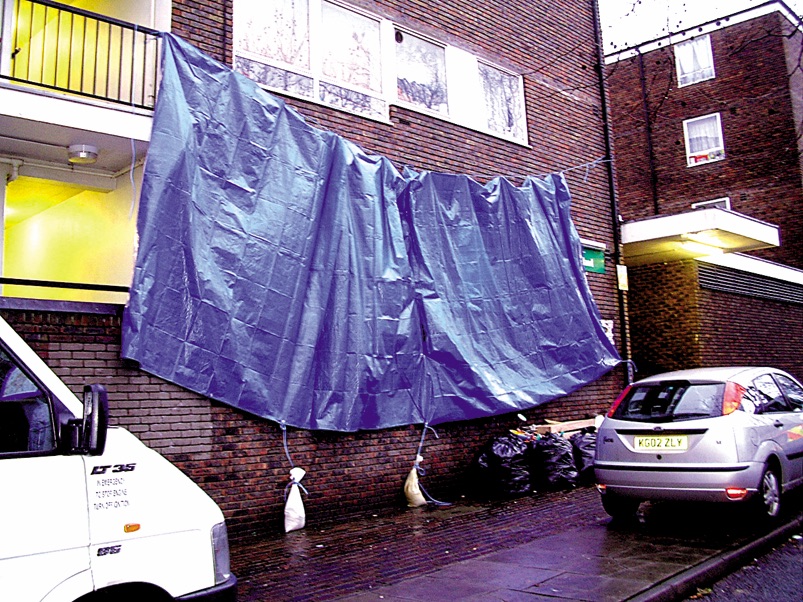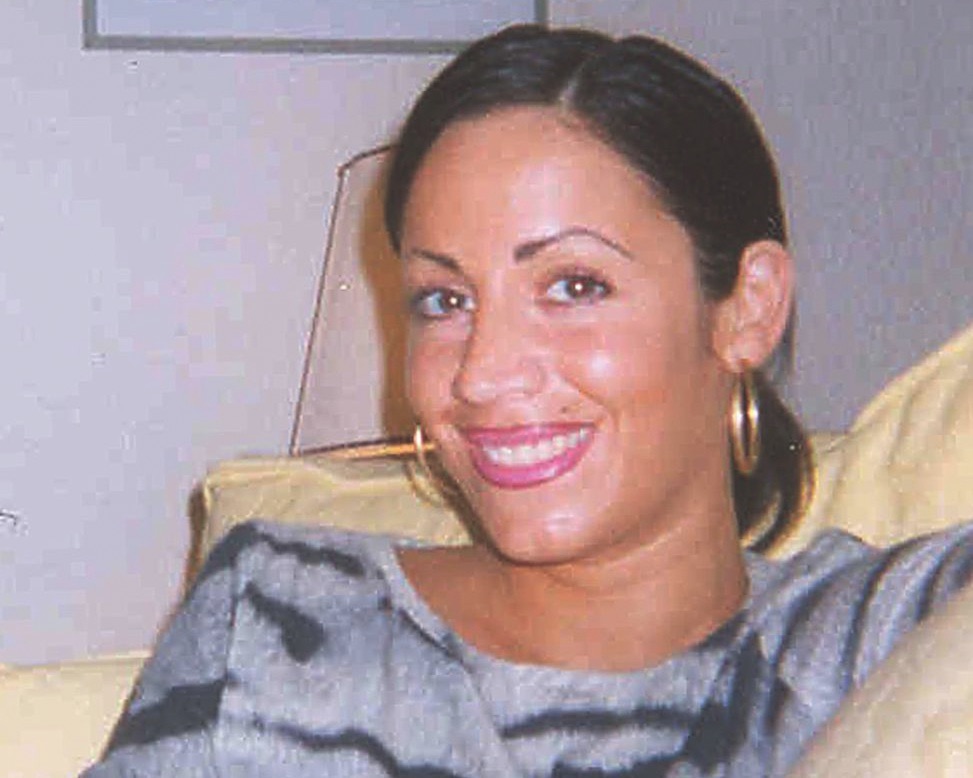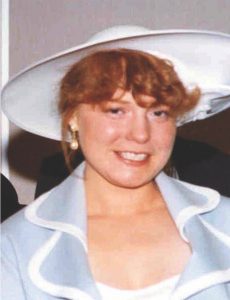20 years on from the ‘Camden Ripper', nobody mentions the failures that freed serial killer to strike – now the case is pure clickbait
Two decades ago this week, the remains of two women were found in Camden Town
Sunday, 1st January 2023 — By Richard Osley

Police tarpaulin covers Anthony Hardy’s flat at the end of 2002
TWENTY years ago this Christmas, we were standing by a maze of police tape struggling to believe what we were being told was going on inside the yellow and white forensic tents.
Police officers had closed off the College Place estate in Camden Town after recovering the severed body parts of two women from bin bags dumped behind a pub. A suspected killer had fled the scene and was on the run.
This was the case that the national media would instantly call “the Camden Ripper” – the sort of sobriquet you might fairly expect Anthony Hardy to have openly welcomed. It was all part of his deathly fantasies.
I’ve reported on what happened next for the past two decades and what was to be revealed should still be shocking.
Hardy, it emerged, had killed before in his council flat but a series of communication failures by the police, the coroner’s service and the health authorities meant he was inexplicably freed to murder again. And yet nobody has ever really been criticised for any of this and the family of one of the victims was denied a public inquiry into the catalogue of missed chances to stop a killer.
Once caught, Hardy was sent to jail for life – he died in prison from Covid in November 2020 – and the more complicated details of his case have been allowed to be forgotten in the passing of time.
This is largely because whenever the case is revisited by crime documentaries, podcasters and YouTubers, it is the dismembering of two of his victims which is nearly always the focus. Plenty is written about the case, but sometimes simply to tell us which tool was used for the dissections.
We are now at a stage in the evolution of our media where any historic murder case presents as a chance to – and let’s be frank – make money. On the web, stories that get eyeballs are not often careful investigations into the inner workings of the mental health authorities.
No – they are ones that snatch attention in a crowded field of links with horror film details of someone’s death. And if you can get people clicking, then you are open to sell advertising around the text.
Last month for example, one London news website revisited the case without adding any new thoughts or detail, but drew people in with the headline: “The Camden Ripper who used an electric saw to cut up his young victims before leaving their body parts in bins.”
Arguably, everything in that article was already in the public domain, and only a brief section was given to how Hardy had got away with an earlier murder. Lots of people clicked, no doubt. It would be unfair to single out one article in a compendium of hits-chasing case recaps you can find online, however.
The same approach is taken by the podcasts with spooky narrations and sometimes even sound effects.
The true crime YouTube channels meanwhile fixate on every shocking detail, without ever really covering the scandal. If a YouTuber can get you to watch on the basis that a woman’s body has been cut up and dumped in the street, then they are a step closer to monetising this output.

Anthony Hardy died in November 2020 from Covid
Again, everything they are telling you is just scraped from news articles already out there, repackaged and resold. Hardy’s killings must have had thousands of words devoted to them.
The singer Plan B even made a song about the case, Dappy from the hip hop trio NDubz wrote in a memoir book of sorts that he had seen the chopped up legs behind the cordon. Everybody has so much to say on the case, but it’s nearly always about the gruesome detail.
Then, on a bigger scale, there are the smash-and-grab television documentaries, again almost always prioritising how shocking the violence was, ahead of any exploration of what went wrong and how we could stop it happening again.
I’ve appeared in some of them, expecting some sort of this investigation – only to find when they are aired that it’s all about tabloid adjectives. Nowadays, I tell anybody who asks that I won’t be involved in any more unless they really want to rally for the victims. I told the others to donate any fees to Solace Women’s Aid.
The exception to the rule is perhaps The Hunt For The Camden Ripper, which aired on Channel 4 in the 2000s. There is a moment in film maker Olly Lambert’s interviews in which one of the detectives, Alan Bostock, says of Hardy’s first known victim Sally Rose White: “The cause of death was given as coronary heart disease, which we refer to as natural causes. Not suspicious. So to that extent there isn’t a case for us to investigate.”
He taps the table awkwardly, adding: “I get paid to investigate unexplained deaths, suspicious deaths, not deaths by natural causes. All those decisions are important decisions that are not made by me.”

Liz Valad
Mr Bostock was right that there was not one individual to shoulder all the blame – too many things went wrong for that. To be fair to him, he was being ordered to close the case and nobody else involved with the investigation has ever agreed to answer these types of questions.
If you see a true crime documentary on the case now, you’ll probably find somebody who once worked for the Met Police explaining what was likely to have happened – rather than one who actually worked on the specific Hardy case.
If there had been a public inquiry, then we would have all heard how a killer was able to escape a murder charge after Ms White’s death, and there would have been further scrutiny.
Hardy had already a history of violence against women by the time he killed her in his flat in January 2002. While living in Australia he had tried to kill his wife with a frozen bottle of ice.
Separated and living alone on the College Place estate, he began bringing women earning money as sex workers to his flat. Ms White was said to have died of “arterial fright” crushed under his big frame.
At the same time he was in dispute with an upstairs neighbour and Hardy had poured battery acid through their front door.
When police came to investigate that crime, they found Ms White’s body in his back room – with a wound to her head and a bite mark on her leg.
Hardy at first denied knowing she was there and claimed a lodger, who was away, used the room. This could not possibly have been true as there was a bucket of warm water with which the killer planned to mop away some of the blood. It surely wouldn’t have taken Columbo to work out what was likely to have happened.

Brigitte Maclennan’s remains were found in bin bags
Pathologist Dr Freddy Patel, however, later decided she had died of natural causes and a coroner raced through a 15-minute inquest into her death with no police officers attending – and no real outline of the reasons for concern. Statements were read to the court but information on the suspicious nature of how Ms White was found was missing.
Hardy was charged only for the acid attack on his neighbour’s door.
A sufferer of schizophrenia and a personality disorder, Hardy was sectioned to the locked wards of what was St Luke’s Hospital in Muswell Hill. He was, however, let out six weeks before he killed his second and third known victims – the two women whose body parts were found in bin bags 20 years ago this week.
Again concerns about the likelihood of him offending were not communicated fully before the decision to release him.
And so the deaths of Liz Valad and Brigitte Maclennan over Christmas 2002 are now left to the lucrative boom in lurid re-tellings.
Rarely do you see it mentioned at all that Ms Valad’s family, for her daughter Soraya, fought through the courts for there to be a public inquiry. This was rejected at the High Court.
A behind-closed-doors investigation into the mental health authorities simply said that Hardy was “bad, not mad” at the time of the killings and that he was the only person to blame.
Of course, only Hardy was responsible for those three murders, but it’s not a strain to wonder whether his later victims could have been protected.
The sad thing is that none of this will be really revisited again.
Instead, the relatives of those who died will have to keep reading rehashed articles drenched in advertising and watching gruesome documentaries about what tools were used to cut up their bodies.